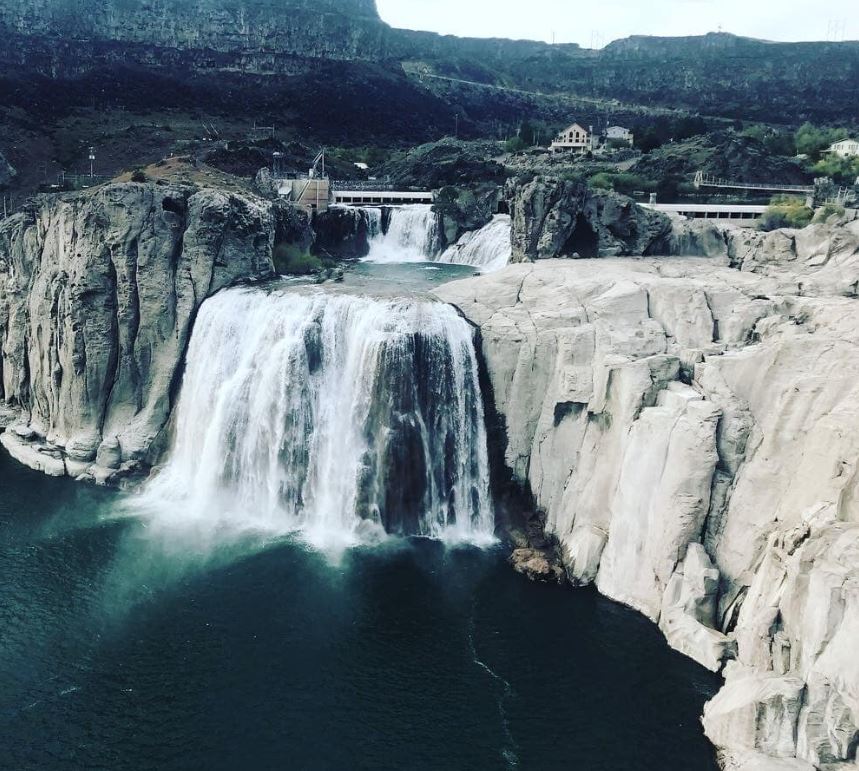Introduction
This Geosciences Technical Working Group addresses data related to the origin, history, composition, structures, features and processes of the Solid Earth. This includes geological, geophysical and geochemical data as well as stratigraphy, paleontology, geochronology and minerals.
A large component of the Geosciences Technical Working Group is the National Soil Survey which depicts the geography and attributes of the many kinds of soils found in the landscape at both large and small map scales. A Living dynamic resource providing a natural medium for plant growth and habitat for living organisms, soil recycles nutrients and wastes, stores carbon, and purifies water supplies. Soil has distinct layers (called ‘horizons’) that, in contrast to underlying geologic material, are altered by the interactions of climate, landscape features, and living organisms over time
The work done by the Geosciences Technical Working group is closely related to the work done in other Technical working groups such as landslides, earthquakes, and volcanoes that are worked on by members of the Hazards Technical Working group.
Vision
Provide GIS and other users in Idaho with easy to find, authoritative and well documented GIS layers for all geological data commonly used by GIS- and other professionals. To realize this vision the authoritative, or best available, data for Idaho identified by members of the Geoscience Technical Working Group, and made available in a way that is easy to find, and in a format to supports most users of the data ranging from access to an entire relational database for in-depth analyses or layers that are easy to add to a map.
Goals
- The authoritative soil data is the National Soil Survey has been nominated as the authoritative soil dataset in Idaho. The next step is to learn more about how people are using the Soil Survey, and whether it is possible to have ‘canned’ GIS layers configured from the National Soil Survey that can be easily added to a map
- Identify other authoritative datasets besides soils that should be included in The Idaho Map. Once identified work towards developing a standard describing the data, a workflow to keep the data updated and available to other users as well as nominate the data for inclusion in the Idaho Map.
- Work with other Technical Working Groups and Interest Groups where Geological data relates to other datasets
- Support the coordination of data collection, processing and dissemination where needed. Build a community of professionals with knowledge of, and interest in Geoscientific Data
- Identify trends and issues regarding Geoscientific Data that may impact the GIS community in Idaho.
Framework Layers


Leadership
Jackie Reader
Contractor / Information Technology Services (ITS)
Jackie Reader
 Official Government Website
Official Government Website